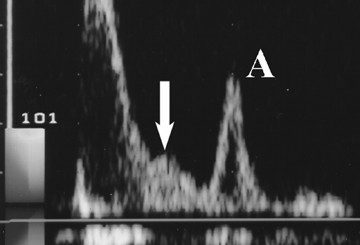Masquerading Bundle Branch Block
Contents
What is ‘Masquerading Bundle Branch Block’ ?
Masquerading Bundle Branch Block – MBBB is a mixed pattern of RBBB in precordial leads and LBBB in limb leads with qR or absent S waves in lead aVR or I. It was first described by Richmann and Wolf in 1954
What are the types of MBBB?
There are two described patterns of MBBB
- Standard type
- Precordial type
Standard type
- Commonly described
- Standard type- precordial leads V1–V6 demonstrate the RBBB pattern, whereas the limb leads demonstrate an LBBB pattern.
- This pattern is postulated to result from a high degree of left anterior hemiblock or concomitant left anterior posterior block.
Precordial type
- Precordial type – there is an LBBB pattern in leads V4–V6 with the absence of S waves and an RBBB pattern in precordial leads V1–V3.
- It is hypothesised that this ECG pattern is produced by a focal block in the anterolateral wall of the left ventricle in the setting of an RBBB or due to strong superiorly directed vectors of left anterior hemiblock with concomitant RBBB.
- It is most commonly caused by ischaemic/coronary heart disease, cardiomyopathy, long-standing hypertension, Lenegre-Lev disease and Chagas myocarditis.
Masquerading bundle branch block is a condition in which the limb leads of the ECG show an LBBB pattern and the precordial leads show an RBBB pattern. It is usually associated with severe disease of the left ventricle and is a marker for poor prognosis.





